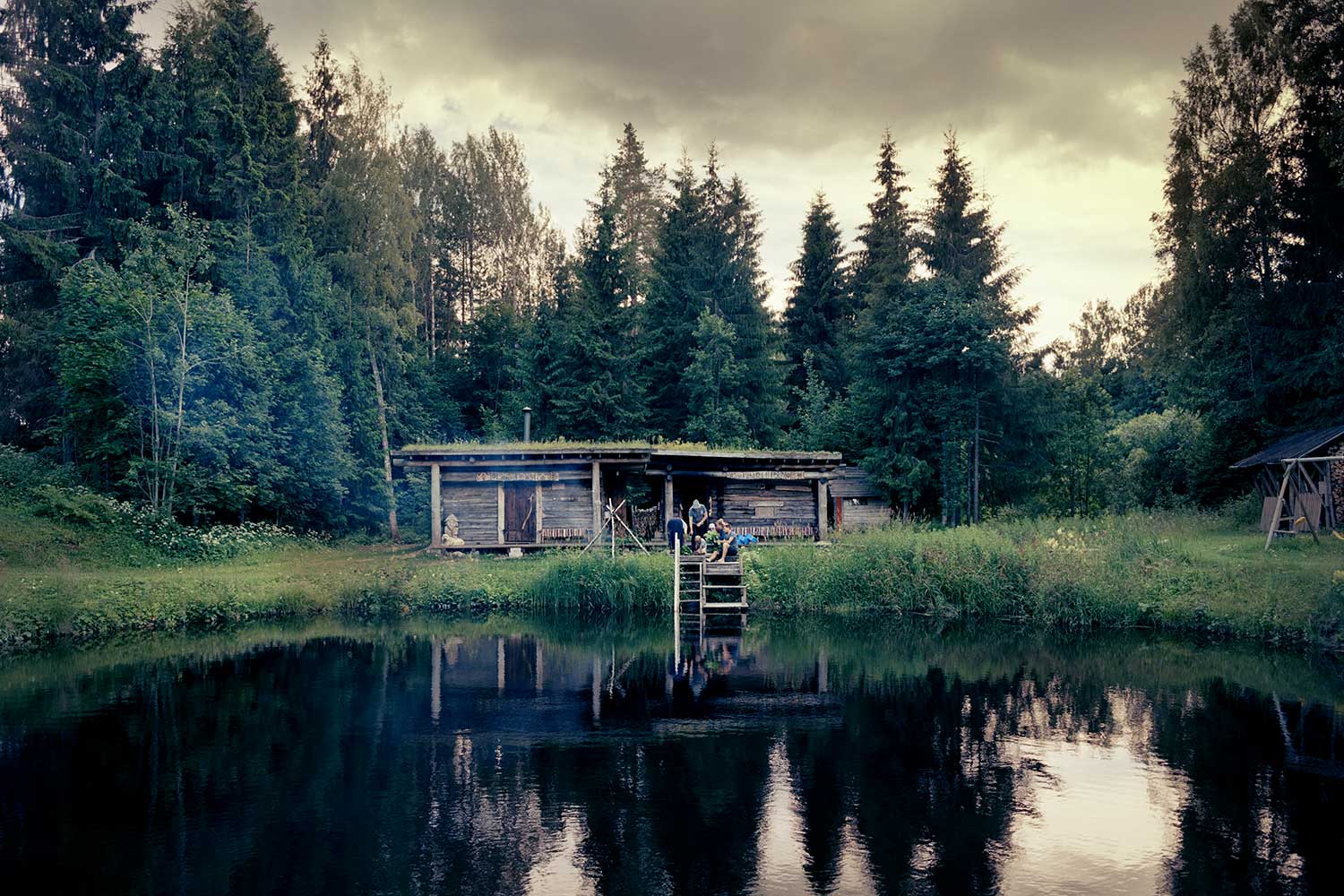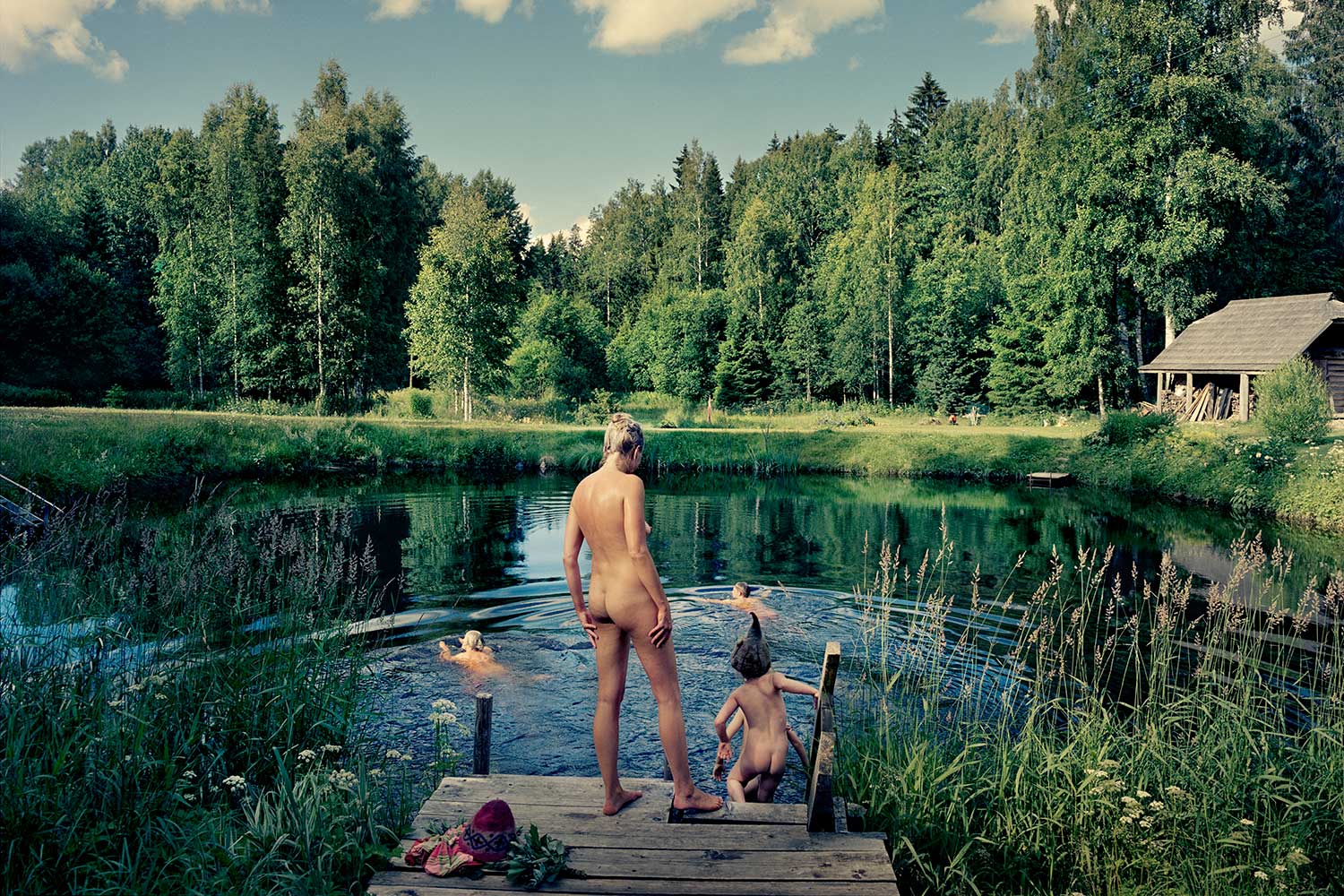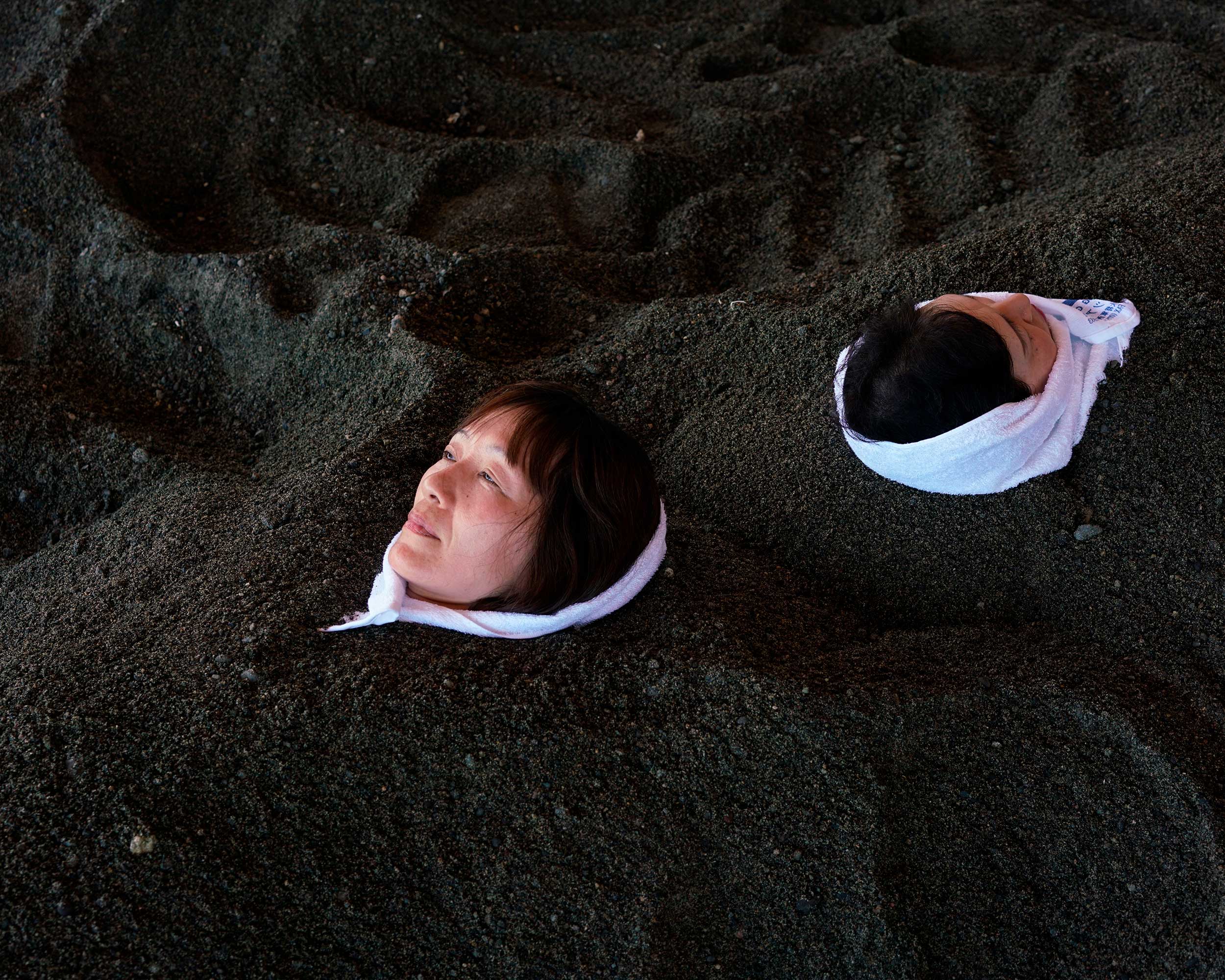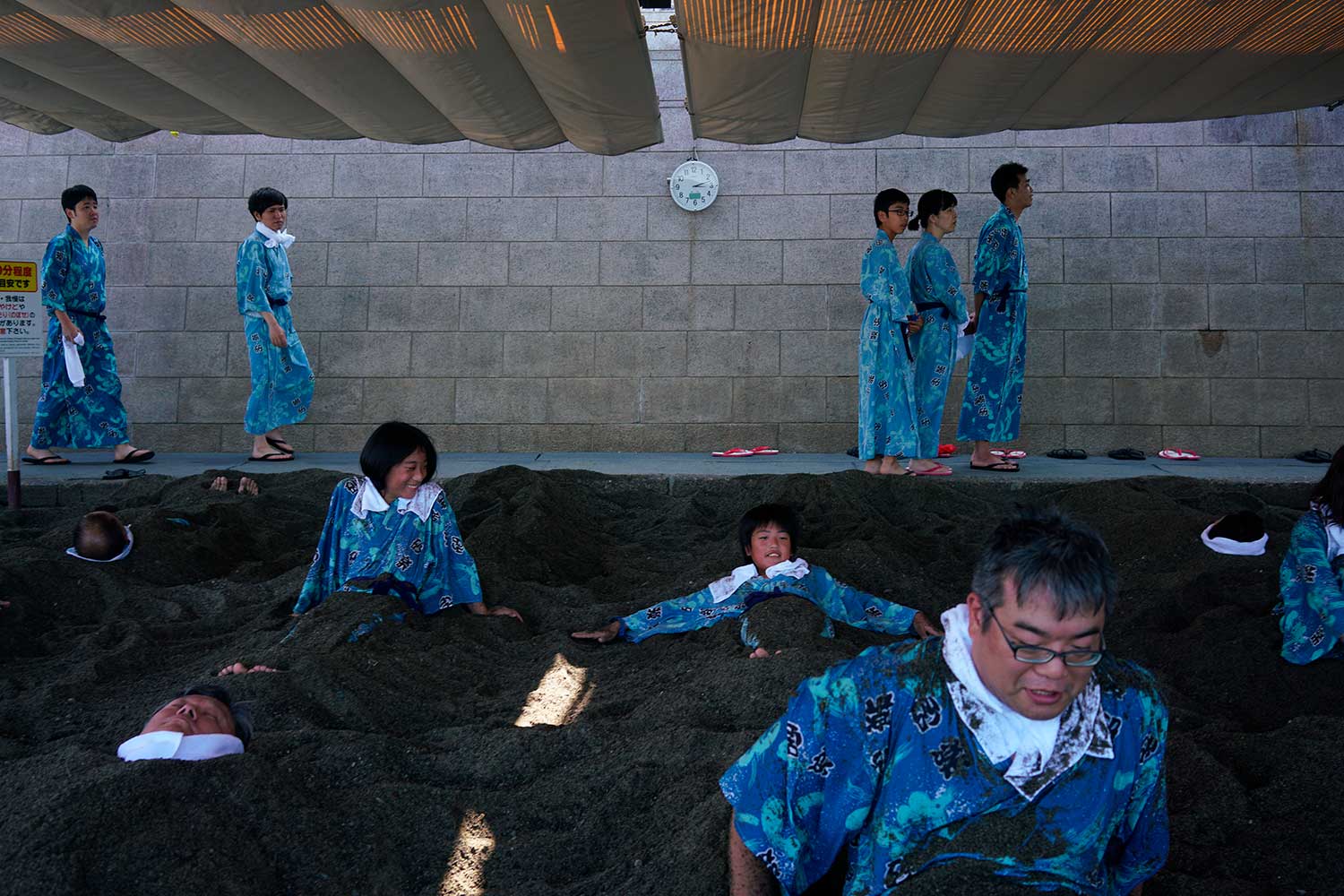Text — Mark Mann
Thinking about the past has a tendency to conjure images of hardship, struggle, and scarcity. But it’s worth remembering that some of our oldest and most longstanding traditions are designed around relaxation and self-care. For centuries, humans have invested a lot of thought and intention in the experience of feeling warm together, by the fireside, inside an igloo, and nowhere more evident than sweating it out in a sauna. Some cultures even consider saunas to be sacred places, even if in certain cases they’re an everyday affair.
ESTONIA
While the rest of the world is grappling with the massive digital shift transforming societies, the small, Eastern European country of Estonia just went ahead and did it. After gaining independence from the Soviet Union in 1991, they set about rebuilding their whole economy on a foundation of tech-forward, digital-first policies. Despite being the most technologically savvy nation on earth, Estonians maintain a deep connection to their traditions. And with their severe winters, when temperatures can easily dip to -40 °C/°F, foremost among these traditions is the smoke sauna.
Most saunas are heated with wood fire, but Estonian saunas have no chimney, so the smoke is trapped in the room until the stones reach about 100 °C / 212 °F, when it is finally vented out and the sauna-goer can enter.

The tremendous heat sterilises the surfaces, which is why they were traditionally used as birthing rooms, and viewed as places to clean both body and soul.
Estonian smoke saunas have been added to UNESCO’s Representative List of the Intangible Cultural Heritage of Humanity. Often undertaken with the whole family, a typical session lasts three to five hours and takes the form of a purification ritual. Sauna visitors are whipped gently (and not so gently) with branches to whisk off dead skin and stimulate circulation. The saunas are typically built beside ponds—chilly in summer, frozen in winter— to receive dry-roasted sauna-goers in need of a cooling plunge. Then it’s back inside for another round. Cook. Rinse. Repeat.
The sense of being baked alive is reinforced by the presence of hanging strips of beef or wild game, which are smoked over the course of the session and then consumed at the end, perhaps while checking email. In Estonia, connecting with tradition never has to mean going without a good Internet connection.

JAPAN
The Japanese take shorter vacations—only two or three days at a time, usually—but they maximize their restorative potential, especially with visits to hot spring spas called onsens. Japan is a volcanically active country, so there’s no shortage of geothermally heated springs: more than 30,000 of them, scattered throughout the country’s 3,000 onsen towns. The oldest of these, Dogo Onsen, is believed to be more than 3,000 years old. The earliest onsens were the domain of the wealthy elite, but they later evolved into a widely popular and accessible form of relaxation and self-care. Today, onsen culture continues to evolve, especially as they’ve become more popular with tourists. For example, in the past, both genders bathed nude together at an onsen, but gender segregation is now common. Nudity is required, however,modesty is encouraged. If you’re into ink, check before you travel. As of 2015, about half of onsens forbid guests with tattoos, a practice designed to exclude members of Yakuza gangs [Japan’s organized crime groups]. The onsens are slowly opening up to skin art though, as tattoos are becoming more globally ubiquitous.
Onsens are prized for the different minerals they contain, which can be identified by the color of the water. Red means iron, milky means sulfur, and so on. There are 19 naturally occurring chemical elements associated with hot springs, each conferring some particular benefit to the person who soaks in it, and to be considered an onsen, the spring must contain at least one of them.

In Ibusuki, spa-goers bury themselves under hot, black mineral-rich sediment from the nearby Kaimondake volcano, and then go for a soak in the springs.
The water at onsens must be hot: 25 °C / 77 °Fat a minimum to be a government-certified onsen, but 50 °C / 122 °F degrees is not unusual. Spa-goers don’t only visit onsens for the mineral-rich water either. Many are located in nature, and bathing in a quiet forest atmosphere or on beautiful natural vistas is also a part of the experience.

FINLAND
For the last two years, Finland has been named the happiest country in the world, and the Finns attribute this to a lifestyle firmly rooted in nature. Getting outside is so essential to the national identity, they’ve enshrined it in legislation. Thanks to a law called Everyman’s Right, people are allowed to roam wherever they want—on any property, no matter who owns it. But even if Finns love the nature that surrounds them, the harsh weather conditions and never-ending darkness during winter make it tough love. To thrive and get through it, Finns draw on their sense of “sisu,” a term that connotes grit and resilience. That, and saunas.

Finland has more saunas per capita than anywhere in the world. The country boasts 3.3 million saunas for just 5.5 million people.
Every family has one. That’s because saunas are traditionally built into most homes, doing double duty as a place to unwind and as a heating device for the whole house. And saunas aren’t just a private affair. Brave Finns regularly gather in small groups to match their sauna sessions with icy swims. Proponents say that after a good sweat in the sauna, taking a dip in a frozen lake not only feels amazing, but it’s good for your health too. Aches, pains, even depression: none can withstand the invigorating effects of a frosty, post-sauna plunge.


—
The New Tradition
This article is featured in BESIDE’s first book co-edited with international publishing house gestalten.
Order Now !Never Miss Another Issue
Two issues per year
25% OFF previous issues
Free Shipping in Canada